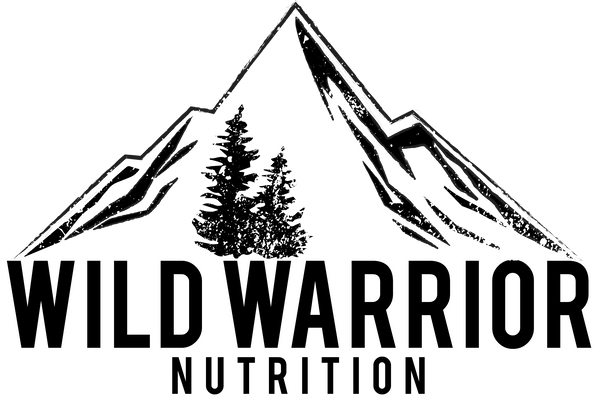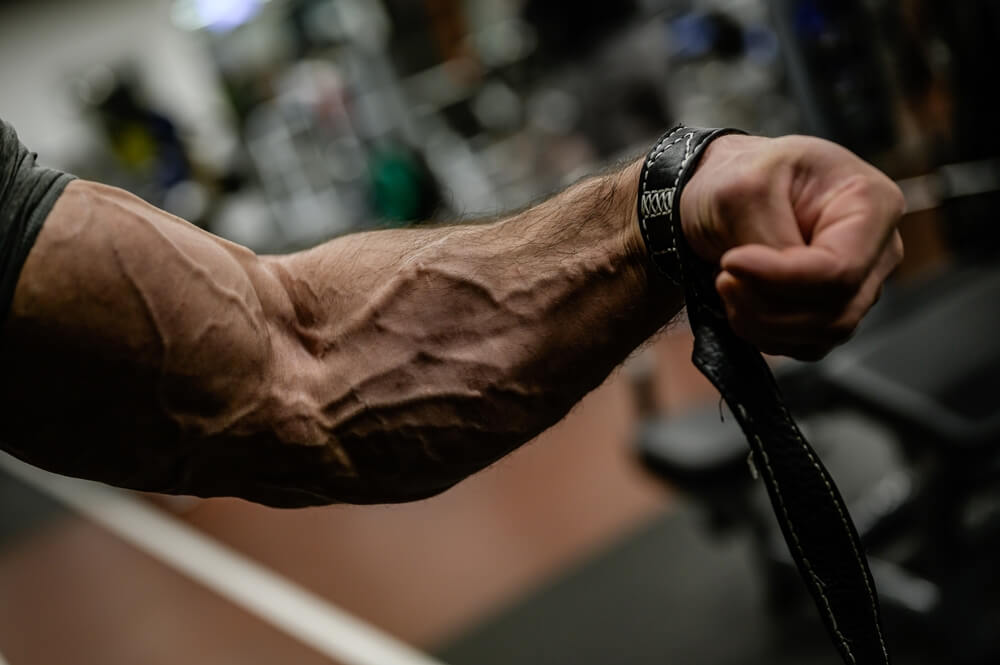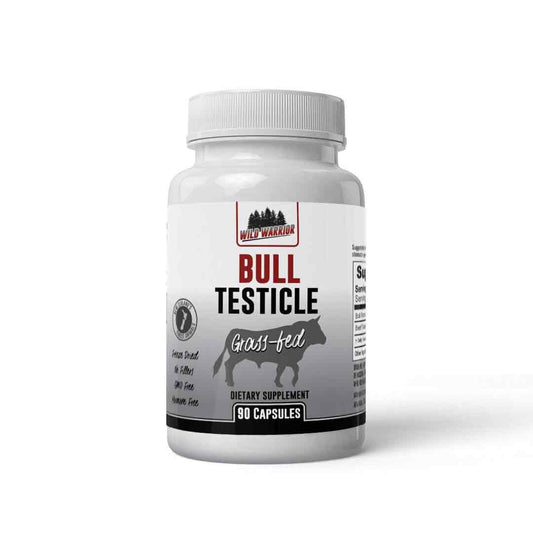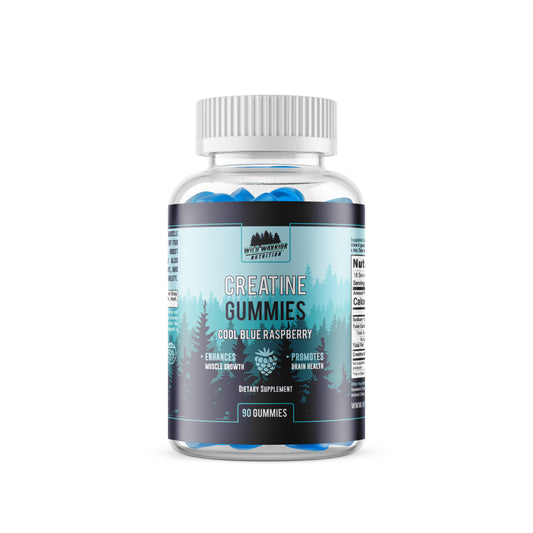Let’s be honest—most of you are probably training like an action figure or strictly for the beach. You’ve got a huge chest, bulging biceps, and maybe even a decent pair of quads. But you’re also a walking collection of neglected body parts. There are muscles you barely think about until they remind you they exist with a nice ache, tweak, or downright injury.
It’s time we shine some light on the unsung heroes of your anatomy—the muscle groups everyone forgets to train. I’m talking about the forearms, the glutes, the neck, and just to make you doubly uncomfortable, the tibialis anterior. Yes, that’s a real muscle, and no, you haven’t trained it.
But don’t worry, We’ve got you covered with reasons why these muscles deserve some attention and how to bring them up to par (without making you feel like a total gym rookie).
The Forearms
When was the last time you thought about your forearms outside of trying to squeeze open a pickle jar? Exactly. But here’s the deal—your forearms are essential for grip strength, and grip strength is a big deal. You use it for everything from deadlifting to driving in a screw.
Weak forearms will ruin a lot more than your gym game. Studies have linked poor grip strength to everything from an increased risk of heart disease to a shorter lifespan. Yep, limp handshakes and skinny wrists might be a sign you’re living on borrowed time.
How to Train Them:
- Farmer’s Carries – Pick up heavy dumbbells or kettlebells, and walk. That’s it. Your forearms won’t shut up about it for days.
- Reverse Curls – Grab a barbell or EZ-bar with an overhand grip and curl it to feel that satisfying forearm burn.
- Wrist curls – Hold a barbell with an underhand grip, rest your forearms on a bench or your thighs, and curl your wrists upward to work on grip strength.
Glutes (Yes, Again)
It’s wild how many people forget to train their glutes, even with the all-out cultural obsession with booties on TikTok. And no, sitting in your office chair all day doesn’t count as “loading your glutes.” Weak glutes spell disaster for your posture, athletic performance, and overall aesthetics (flat butts aren't flattering).
Strong glutes are the foundation for everything—running faster, lifting heavier, jumping higher, and not looking like Quasimodo when you walk. They stabilize your hips, help protect your lower back, and gasp even make your pants fit better.
How to Train Them:
- Hip Thrusts – You want buns of steel? Get on the hip-thrust bandwagon. Load up a barbell, drive through your heels, and thrash your glutes into submission.
- Bulgarian Split Squats – Pure glute carnage. Elevate one foot on a bench behind you, hold dumbbells, and squat your way to newfound respect for unilateral work.
- Glute-Ham Raises – Equal parts posterior chain obliteration and therapeutic crying. Give this one time; you’ll adapt.
The Neck
Nobody—except maybe a wrestler or MMA fighter—walks into the gym thinking, “Can’t wait for neck day!” But maybe we should. A strong neck isn't just about avoiding that bobblehead look. It’s crucial for protecting yourself from injuries, whether that’s in contact sports or, you know, living life without slouching like Gollum over your phone.
A weak neck can even lead to chronic neck pain or tension headaches. And, honestly, doesn’t a well-built neck just scream, “I lift, and I mean business”?
How to Train It:
- Neck Flexion/Extension with Bands – Grab a resistance band, wrap it around something sturdy, and move your head forward or backward against the resistance. Bonus points if you don’t make it look awkward.
- Plate Neck Curls – Lie on a bench (facing either up or down), put a light plate on your head, and nod away like you’re agreeing with some profound gym wisdom.
- Neck Harness Work – If you’re serious, invest in a neck harness. Strap on a plate, and carefully start nodding. Neck training is serious business—don’t rush it.
The Tibialis Anterior
Here’s a muscle you’ve likely never even heard of, but you’ve definitely cursed it after a long hike or a bad case of shin splints. The tibialis anterior runs along the front of your shin, and it’s responsible for dorsiflexion (a fancy way of lifting the front of your foot).
Weak tibialis muscles can lead to shin splits, knee pain, and a pitiful lack of foot control. If you want to avoid injuries and move better—whether that’s sprinting, squatting, or just not tripping over curbs—you need to train this baby.
How to Train It:
- Tibialis Raises – Stand with your back against a wall and lift your toes toward your shins. Do it long enough, and it’ll feel like your shins are on fire—good, that means it’s working.
- Sled Pull-Backs – Strap a sled to your waist, walk backward, and marvel at how much your lower legs hate you after. Excellent for both tibialis and overall knee health.
- Weighted Toe Raises – Sit on a bench, place a dumbbell across your toes, and lift your toes toward your shins for reps. It’s a weird look, but it works.
Why It Matters
If you want to move well, look good, and avoid popping ibuprofen like candy, you can’t keep skipping these muscle groups. Listen, nobody’s saying you have to replace your bench press with neck curls or deadlifts with tibialis raises. Just sprinkle these into your routine. A set here, a superset there. Your body will thank you, your performance will shoot up, and your physique will get that polished, all-around-athlete vibe.
Stop training like a gym meme. Pay attention to the forgotten few, because your body doesn’t work as a collection of individual parts—it’s a system. And like any system, it’s only as strong as its weakest link. Are you going to fix yours, or are you just going to keep benching?





